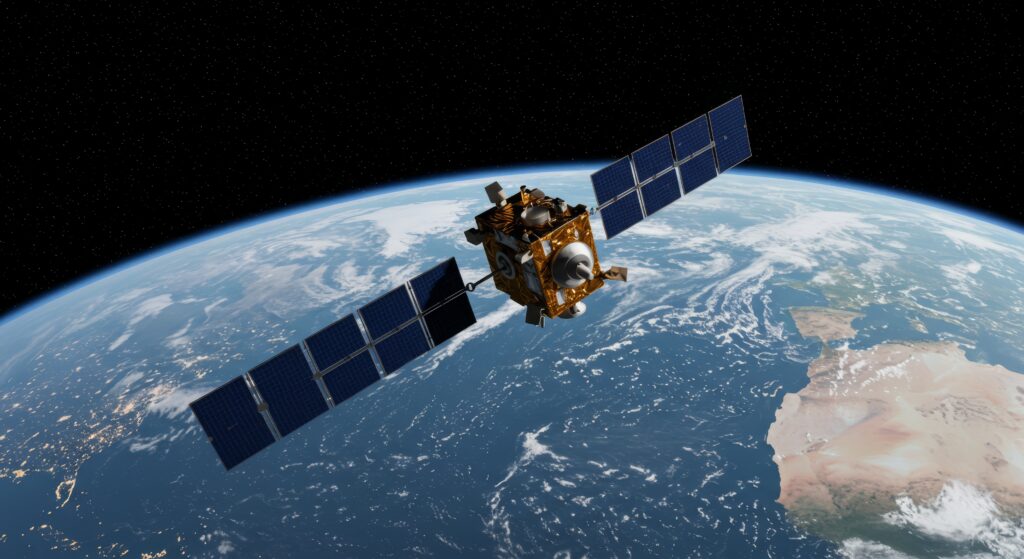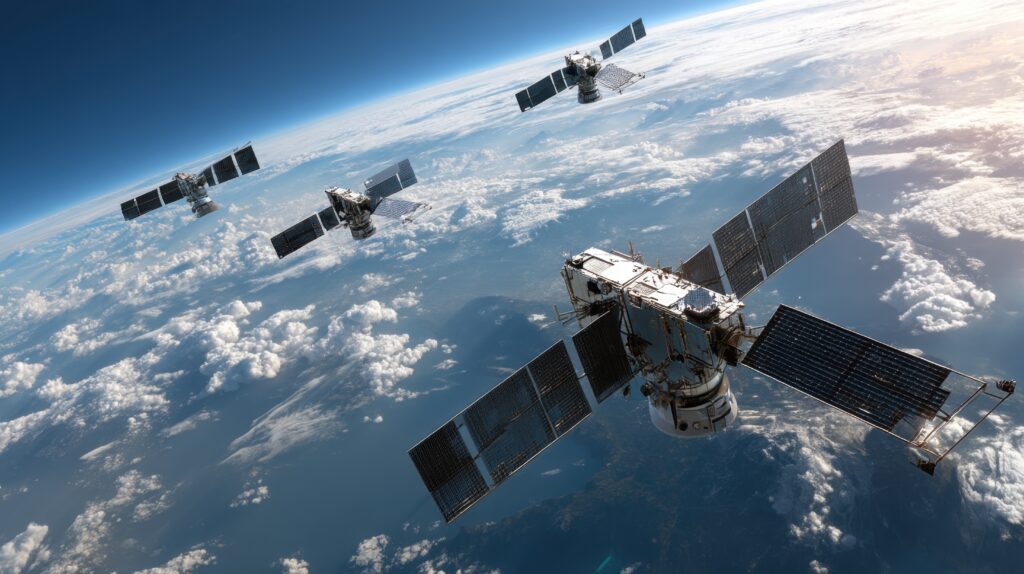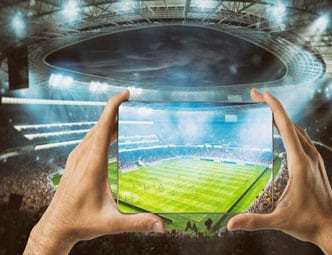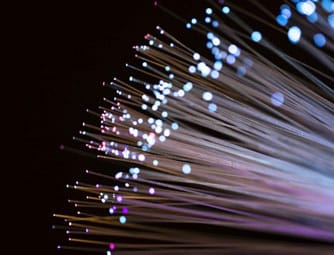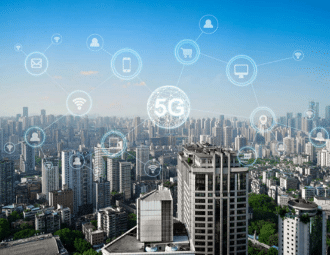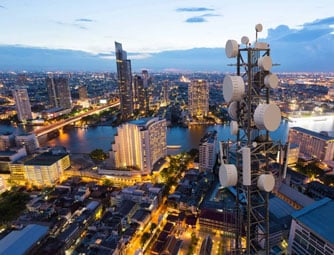Part 1 of 3 – The Future of Direct to Device Connectivity with LEO Satellites
September 30, 2025

This post is part of a three-part series exploring Low Earth Orbit (LEO) satellites and their role in enabling direct-to-device (D2D) connectivity. Over the next three weeks, we’ll cover:
- Why LEO is the only viable option for large-scale D2D (Part 1)
- The key technical and design considerations behind building a LEO D2D network (Part 2)
- The operational, regulatory, and business challenges of scaling these networks—and how to overcome them (Part 3)
Reliable, everywhere connectivity has been a dream since the first mobile devices were launched decades ago. Today, we are closer than ever thanks to Low Earth Orbit (LEO) satellites. Instead of relying on large antennas or special equipment, the new wave of LEO constellations promise to let regular smartphones and IoT devices connect from almost anywhere, whether you’re in the middle of the ocean, on a desert highway, or in a disaster zone.
Why LEO vs. GEO/MEO Matters
While GEO and MEO satellites have supported communications for decades, they come with drawbacks that make direct-to-device (D2D) use hard:
- Latency: GEO’s 600 ms and MEO’s ~150 ms roundtrip latency make them unsuitable for real-time applications. LEO drops this to 30–50 ms, near terrestrial 4G/5G performance.
- Power & Link Budgets: Regular smartphones can’t transmit to satellites thousands of miles away. LEO’s shorter distance makes direct connections practical.
- Capacity & Coverage: LEO satellites use narrower beams that can provide stronger, higher-capacity signals.
- Mobility: LEO systems can now handle Doppler shifts and fast handovers thanks to 3GPP NTN standards, making them the only practical path for scalable D2D.
This first post sets the stage: LEO is not just the latest trend; it’s the only orbital regime to make true D2D at scale work.



